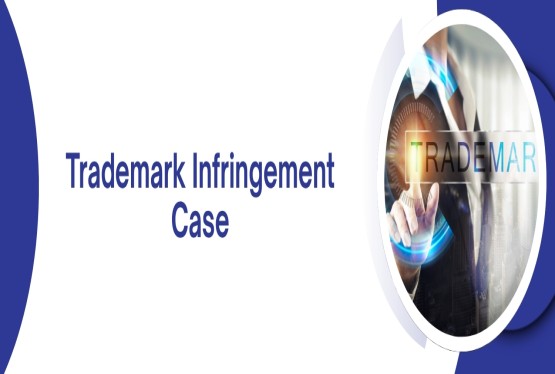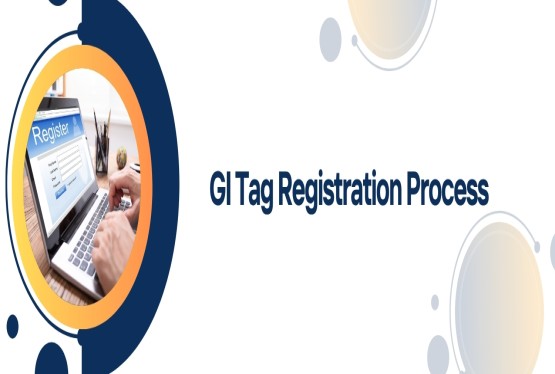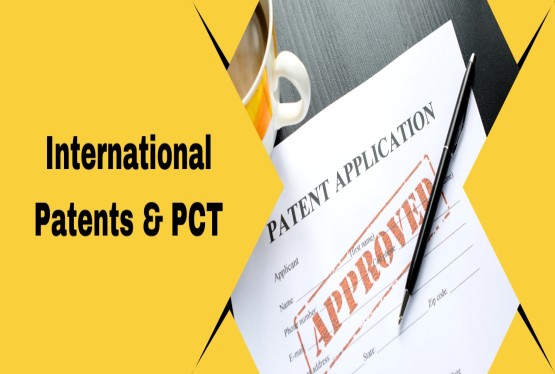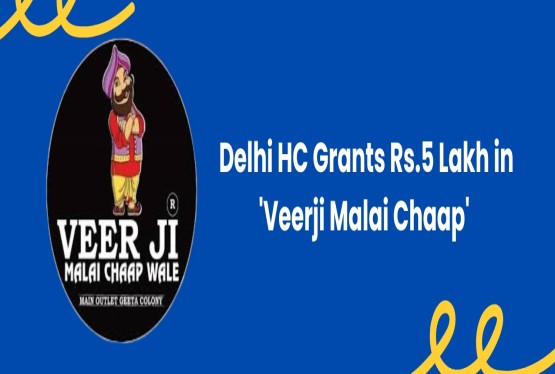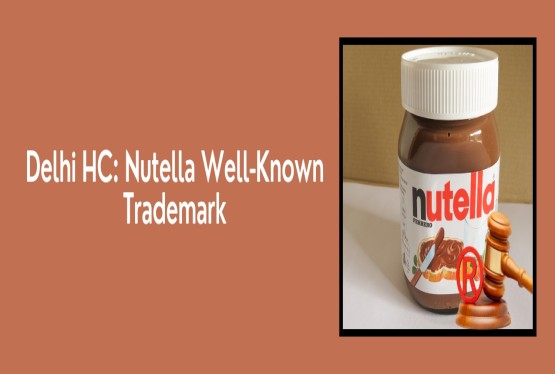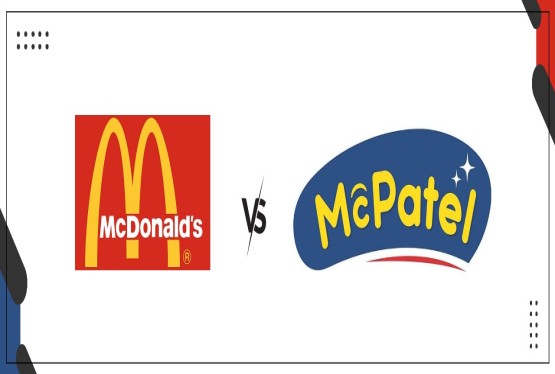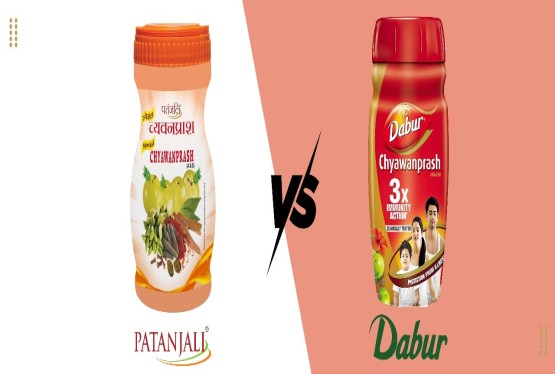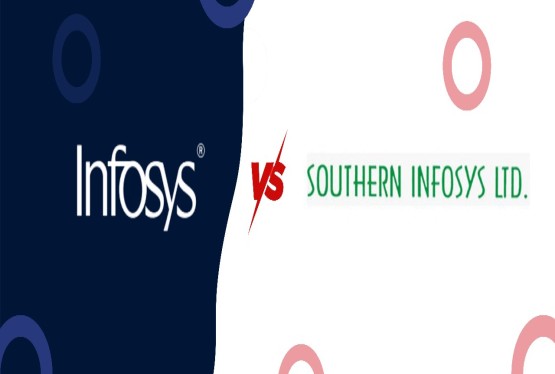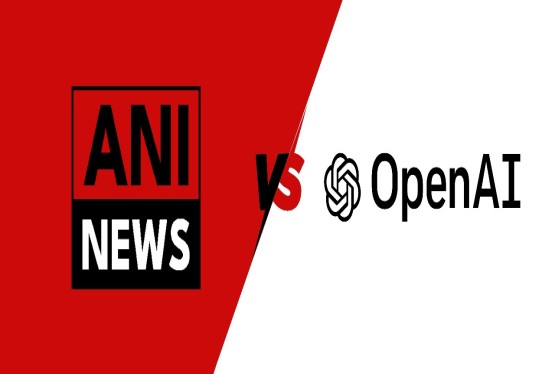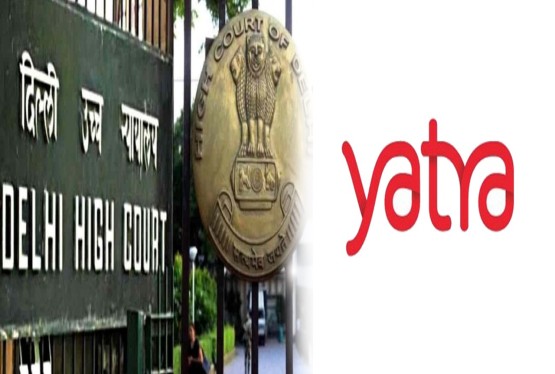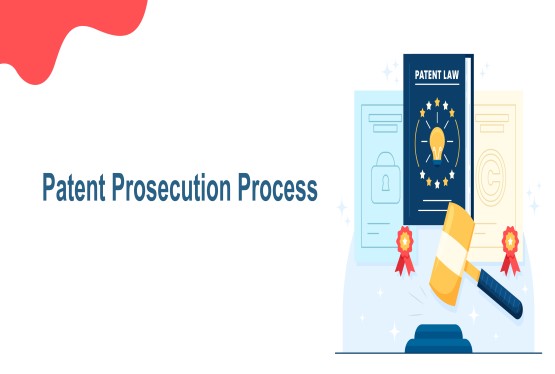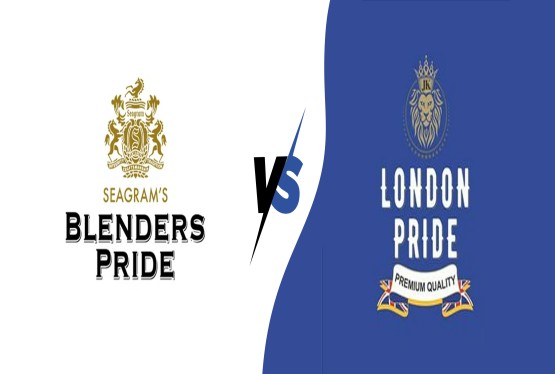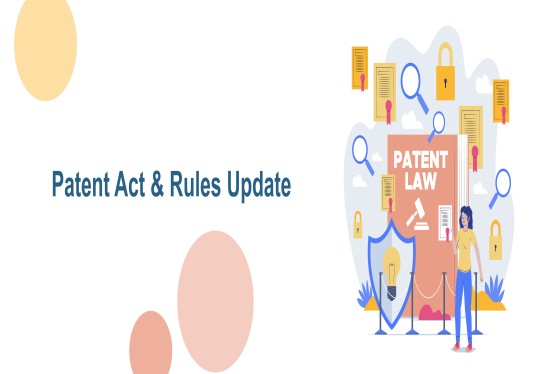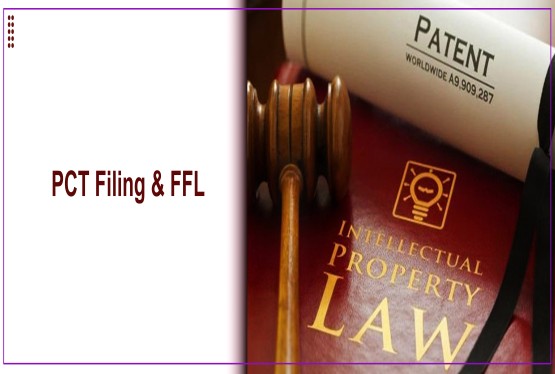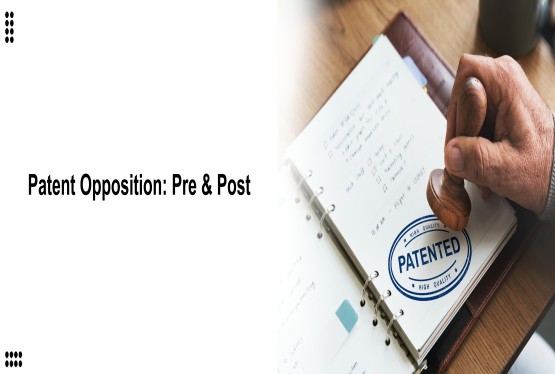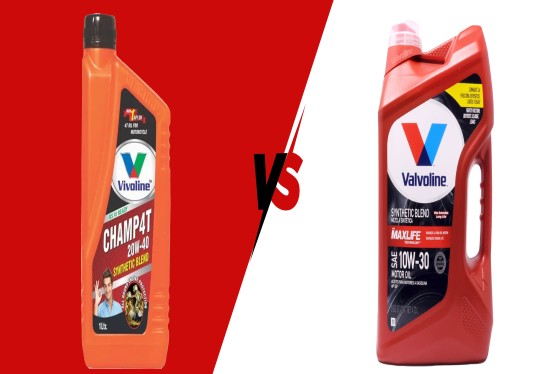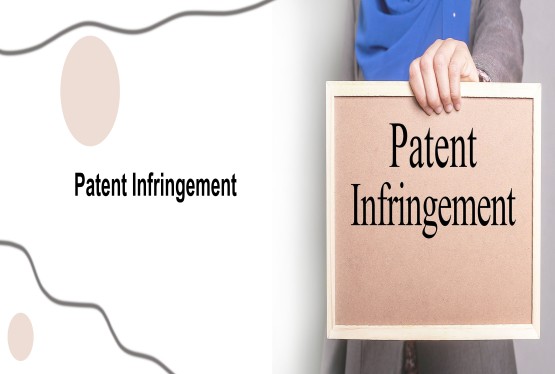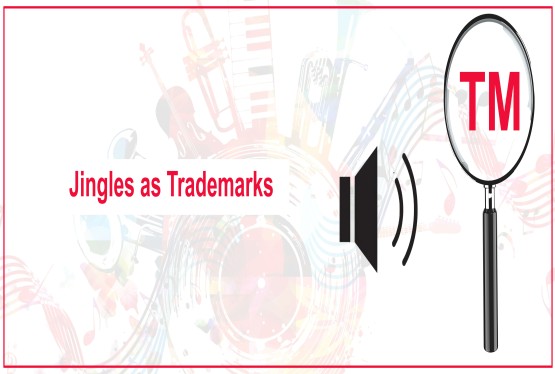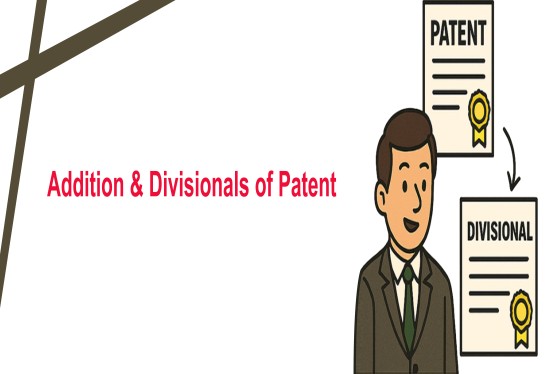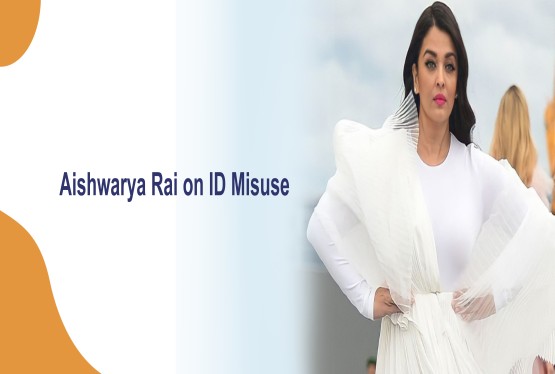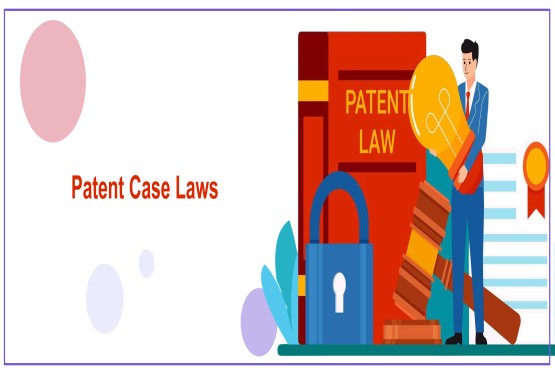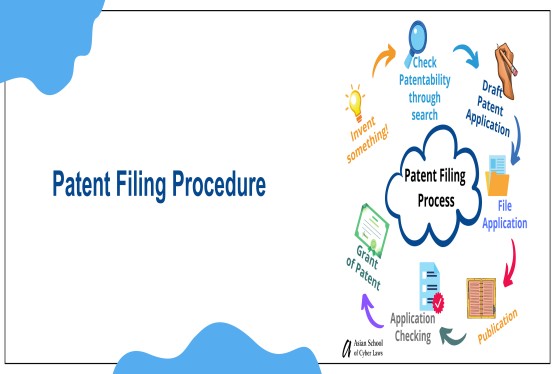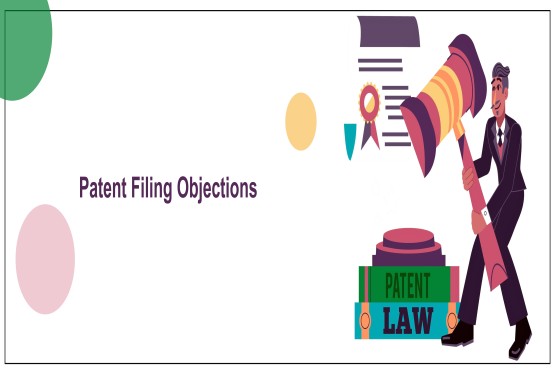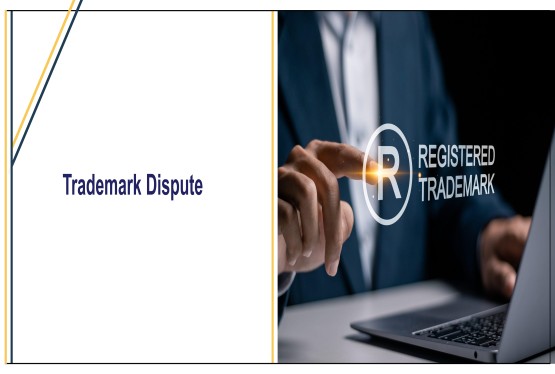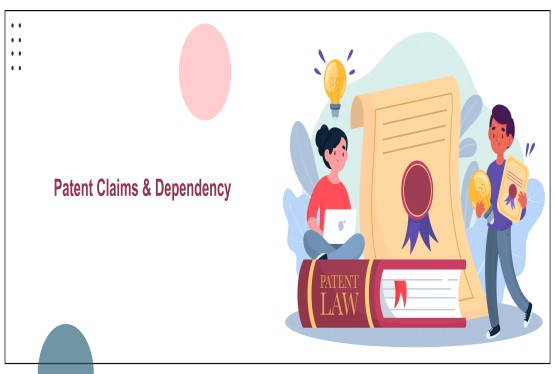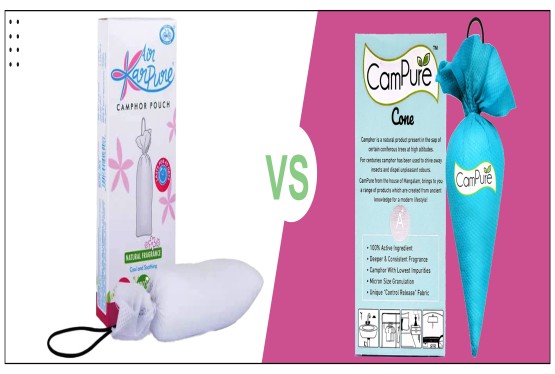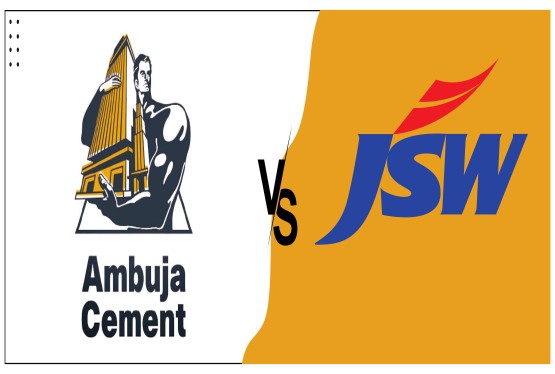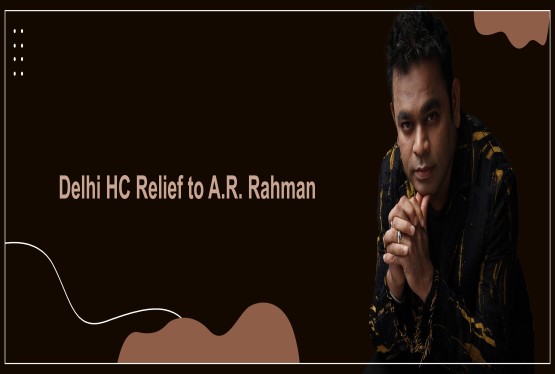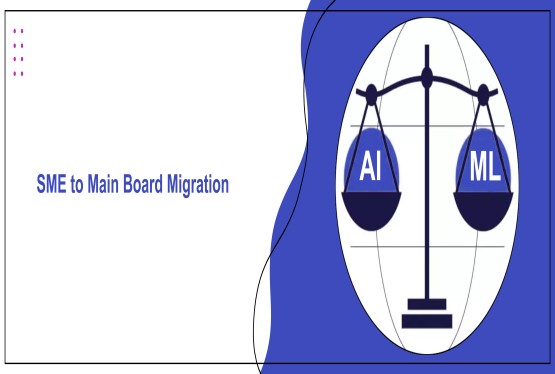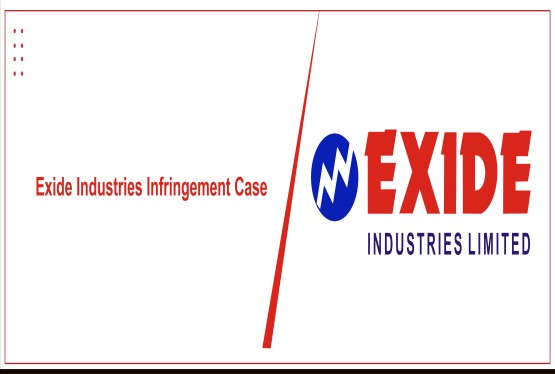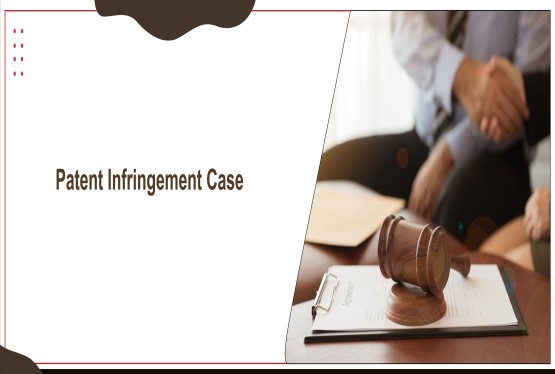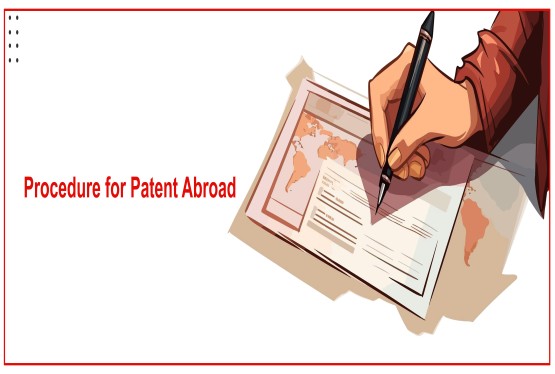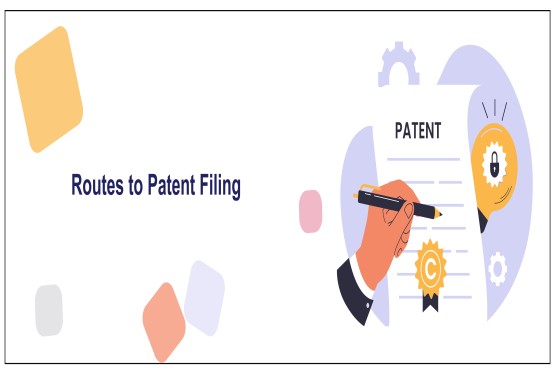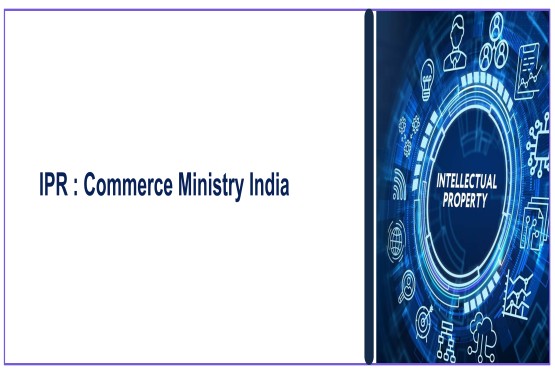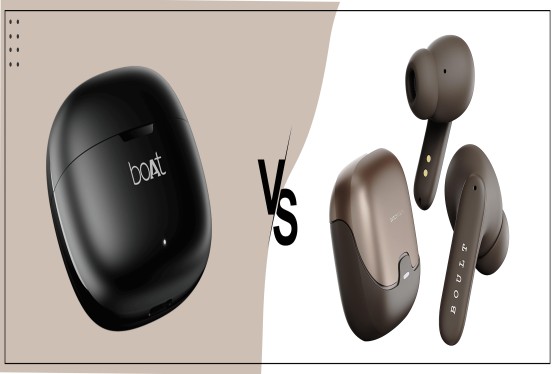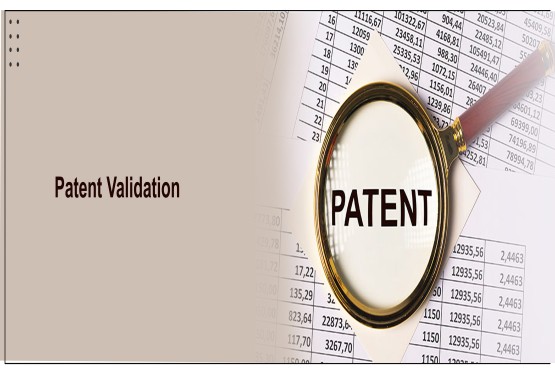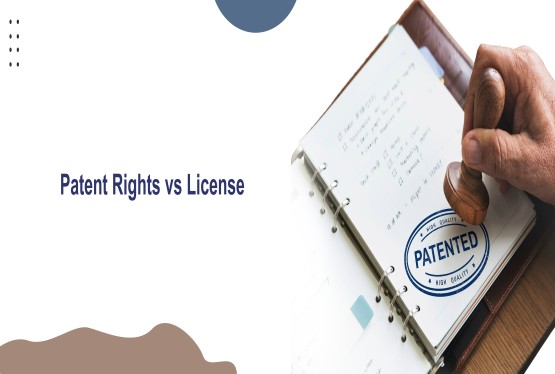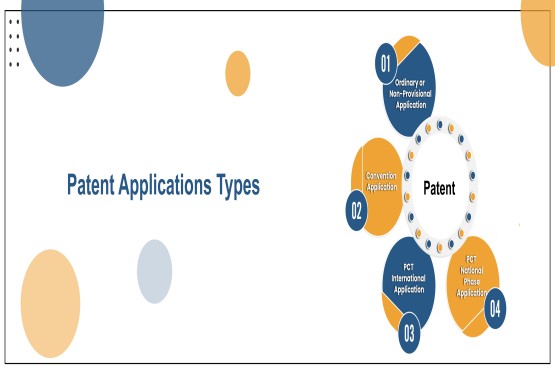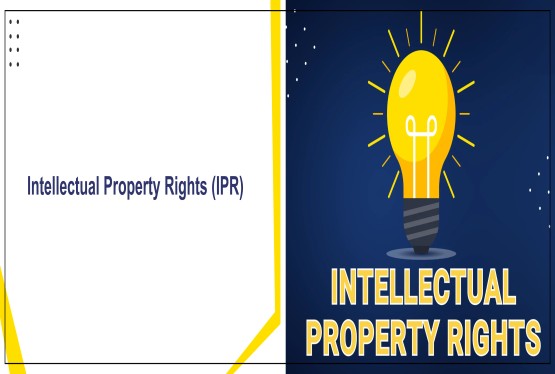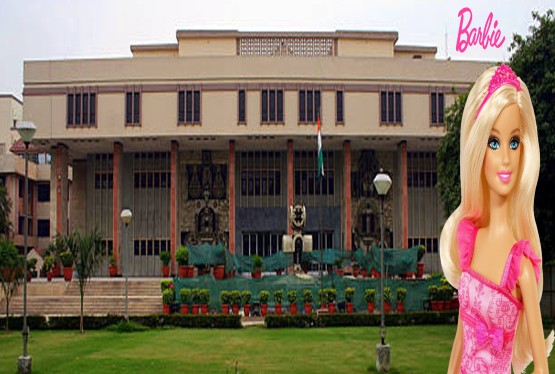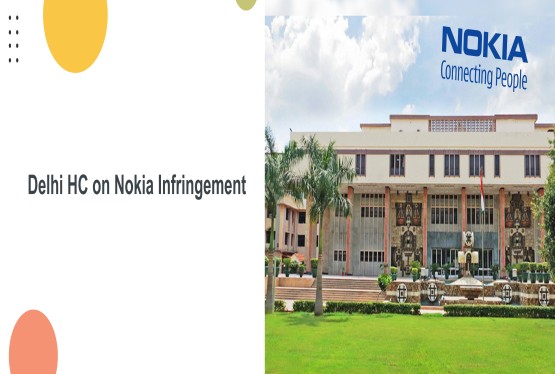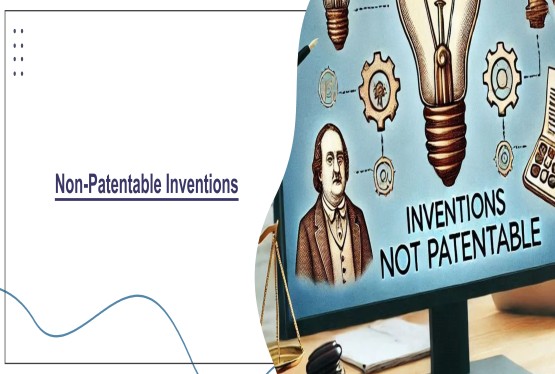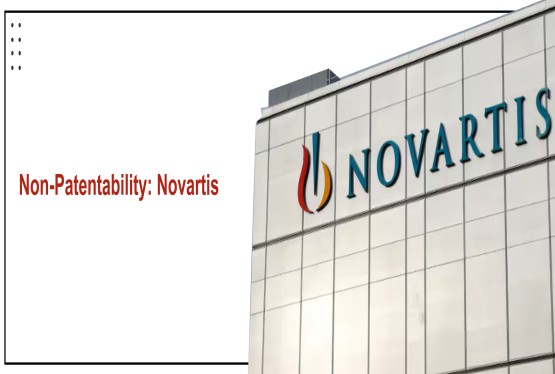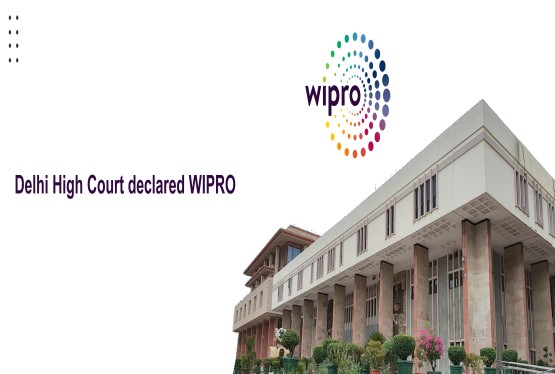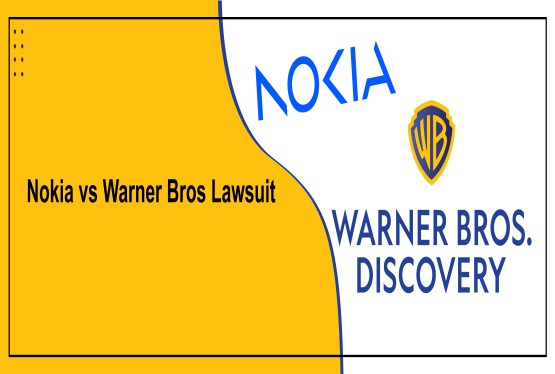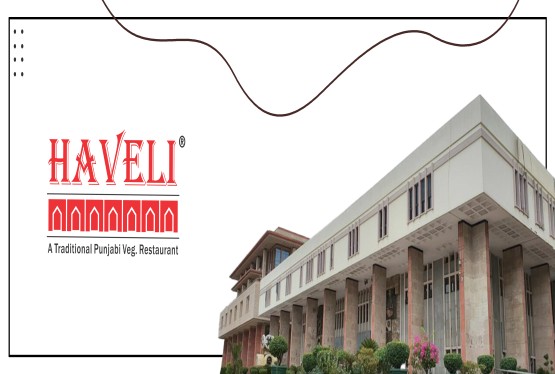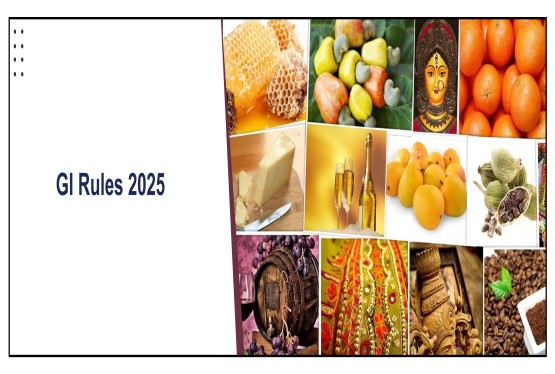Patent registration is a legal process that grants inventors exclusive rights over their inventions, safeguarding them against unauthorized use. In India, this process is governed by the Patents Act, 1970 and the Patent Rules, 2003. To ensure uniformity and transparency, the Indian Patent Office has introduced various statutory forms, each serving a distinct purpose at different stages of the patent life cycle. These forms cover filing, examinations, amendments, assignments, and post-grant compliances. For inventors, startups, and companies, the role of each form is essential, as errors or missed deadlines can result in delays or rejection of applications. Proper use of these forms ensures smoother processing and compliance with patent laws.
Key Patent Forms and Their Usages are
Form 1 – Application for Grant of Patent [(See section 7, 54 & 135 and rule 20(1)]
The purpose of filing application Form 1 serves as the formal request by an applicant (individual, company, or assignee) to the Controller of Patents for granting a patent for their invention. It contains complete details of the application proposed to file.
Form 2 – Provisional/Complete Specification [(See section 10 and rule 13)]
Form 2 in patent filing is used to describe an invention in detail so the Patent Office can assess its scope, nature, and technical aspects. It can be filed as a Provisional Specification to secure a priority date when the invention is still evolving, or as a Complete Specification once fully developed. The Complete Specification includes the full disclosure with description, claims, drawings (if any), and an abstract, defining the legal protection granted to the invention.
Form 3 – Statement & Undertaking [See Section 8; rule 12]
Form 3 in patent filing is meant to ensure transparency by requiring applicants to disclose details of any foreign patent applications filed for the same or similar invention. The statement includes information such as the country, application number, date, and status, while the undertaking obligates the applicant to keep the Controller of Patents updated on any changes or new foreign filings until the Indian patent is granted.
Form 4 – Request for Extension of Time [See sections 53(2) & 142(4); rules 13(6), 80(1A) & 130]
Purpose of filing Form 4 is to allow the applicant to seek an extension of prescribed time limits for specific actions, such as replying to examination reports, filing documents, or completing procedural requirements. It may be filed when the applicant cannot meet the statutory deadline, and this request must be made before the original due date expires. The extension is generally granted for one month at a time, subject to the Controller’s discretion.
Form 5 – Declaration as to Inventorship [See section 10(6) and rule 13(6)]
Form 5 in patent filing is used to declare the true inventors of an invention, ensuring proper credit is given. It must be filed along with the Complete Specification (Form 2) or within the prescribed time, and includes details like the name, address, and nationality of the inventor(s). This requirement applies even if the inventor(s) are not the applicants, such as when the rights are assigned to a company.
Form 6 –Claim or Request Regarding any Change in Applicant for Patent[See sections 20(1), 20(4) & 20(5); rules 34(1), 35(1) & 36(1)
Purpose of filing Form 6 To officially record and update the name of the rightful applicant in the patent application or granted patent. This is to be filed when rights in a patent are transferred by assignment, agreement, or operation of law and requires supporting documents like a deed of assignment, legal proof of succession, or NOC. The Controller updates the register after verifying the validity of the change.
Form 7 – Notice of Opposition [1[See section 25(2); rule 55a]
Form 7 in patent filing allows any interested party to oppose a granted patent within the prescribed time, usually 12 months from its grant. It helps prevent wrongful monopoly by challenging the patent on grounds such as lack of novelty, obviousness, wrongful obtaining, or insufficient disclosure. The opposition must be filed with a statement and supporting evidence, after which the Controller notifies the patentee/applicant and conducts opposition proceedings.
Form 7A–Representation for Opposition to Grant of Patent [See rule 55]
Form 7A in patent filing allows any person, not just an interested party, to oppose the grant of a patent after the application is published but before it is granted. It can be filed on grounds such as lack of novelty, obviousness, wrongful obtaining, non-patentable subject matter, or inadequate disclosure. The representation must be supported with a written statement and evidence, which the Controller reviews during examination before deciding on the grant.
Form 8 –Request or Claim Regarding Mention of Inventor as Such in a Patent [See sections 28(2), 28(3) & 28(7); rules 66, 67 & 68]
Purpose of filing Form 8 is to ensure that the true and first inventor’s name is properly acknowledged in the patent, even if they are not the applicant or assignee. It is filed when the inventor’s name has been omitted or needs correction. It can be made by the inventor themselves or by the applicant/assignee with consent. It does not affect ownership or rights in the patent it only gives due credit to the inventor. The Controller may allow or refuse the request after verifying the facts.
Form 9 –Request for Early Publication [See Section 11A (2); Rule 24A]
Form 9 in patent filing is used to request early publication of a patent application, allowing it to be published within about a month instead of the standard 18 months. This fast-tracks the process, enabling the applicant to seek quicker examination (if Form 18 is also filed) and enjoy provisional rights from the date of publication. Early publication helps bring the invention into the public domain sooner while offering the applicant provisional protection.
Form 11 -Application for Direction of The Controller [See sections 51(1) & 51(2); rules 76 & 77]
Purpose of filing Form 11 is to request the Controller of Patents issue directions on matters such as the manner of proceeding with a patent application or exploiting a granted patent when joint applicants cannot agree. This is filed in cases of disagreement between joint applicants/owners. The Controller may decide how the application should proceed or how the patent rights should be used. It ensures smooth continuation of the patent process without prolonged disputes.
Form 12 –Request for Patent of Addition [Sections 26(1) & 52(2); rules 63A & 79]
Purpose of filing Form 12 is to obtain a Patent of Addition that protects improvements without needing a completely new patent application. It can only be filed when the applicant already has a main patent granted or pending. No separate renewal fees are required; it remains valid as long as the main patent is in force. If the main patent is revoked, the applicant may request the Patent of Addition to become an independent patent.
Form 13 – Application for Amendment [See section 57; rule 81(1)]
Purpose of filing Form 13 is to request the Controller’s approval for amending documents like the specification, claims, or drawings of a patent application or patent. The amendments must not broaden the scope of claims; only narrowing or correcting errors is allowed. It can be filed before or after granting a patent. It requires a clear explanation of the nature of amendments and reasons for them. The Controller may allow or refuse after scrutiny (and may publish it if post-grant).
Form 14 –Notice of Opposition to Amendment/Restoration/ Surrender of Patent/Grant of Compulsory Licence or Revision of Terms Thereof or to Correction of Clerical Errors [See sections 47(4), 61(1), 63(3), 78(5), 87(2); rules 81(3)(b), 85(1), 87(2), 98(1), 101(3) &124]
Form 14 serves as a formal notice of opposition by any interested party against actions such as amendment, restoration, or surrender of a patent, grant or revision of a compulsory licence, or correction of errors that may unfairly affect rights. It ensures that third-party interests, competition, and public interest are protected by allowing objections after the Controller’s intention is published in the Patent Journal or official notifications.
Form 15 –Application for Restoration of Patent [See section 60; rule 84]
Purpose of filing Form 15 is when a patent has lapsed due to non-payment of renewal fees. Under Section 60 of the Patents Act, 1970 and Rule 84, the patentee or legal representative can apply within 18 months from the date of lapse to restore the patent. The application must show that the failure to pay renewal fees was unintentional and provided necessary reasons and evidence. If allowed, the Controller may restore the patent subject to conditions and payment of prescribed fees.
Form 16 –Application for Registration of Title/Interest in a Patent or Share in it or Registration of any Document Performing to Affect Proprietorship of The Patent [See sections 69(1) &69(2); rules 90(1) & 90(2)
Purpose of filing Form 16 is to record changes in ownership or rights relating to a patent. Under Sections 69(1) & 69(2) and Rules 90(1) & 90(2), it allows registration of: Assignment of a patent, Transfer of rights or share in the patent, or Any agreement/document affecting proprietorship. It ensures the updated ownership or interest is legally recognized in the patent register.
Form 17 – Application for Compulsory Licence [See sections 84(1), 91 & 92(1) or 92(A); rule 96]
The purpose of filing for a compulsory licence is to ensure patented inventions meet public needs and are accessible at fair prices. It may be granted if the invention is not worked in India, public requirements are unmet, or the product is unaffordable. Under Section 92, licences can be issued in emergencies, urgent situations, or public health crises, while Section 92A allows production and export of patented drugs to countries without manufacturing capacity. If approved, the applicant can make, use, or sell the invention under the Controller’s terms while paying reasonable royalties to the patent holder.
Form 18 – Request for Examination (RFE) [See section 11B and rule 20(4)(ii) & 24(1)(i)]
Form 18 is the Request for Examination (RFE) filed under Section 11B of the Patents Act, 1970, to initiate examination of a published patent application. Without this filing, the application will not be examined or granted. It must be submitted within 31 months from the date of priority or filing. Once filed, the Controller refers the case to an examiner, who evaluates novelty, inventive step, industrial applicability, and legal compliance before issuing the First Examination Report (FER).
Form 18A – Request for Expedited Examination [See section 11B and rule 24C]
Form 18A is the request for expedited examination under Section 11B of the Patents Act, 1970, allowing faster processing of a patent application compared to the normal route under Form 18. It can be filed by eligible applicants such as startups, small entities, female applicants, those choosing India as ISA/IPEA, or inventions in government-notified sectors. Filed within the same 31-month limit, it ensures priority examination, quicker issuance of the First Examination Report (FER), and speeds up the grant process.
Form 19 – Application for Revocation of a Patent for Non-Working [See section 85(1); rule 96]
Form 19 in patent filing allows any interested person or the Government to seek revocation of a patent if the invention is not being “worked” in India. It can be filed after two years from the grant of a compulsory licence if public needs remain unmet or the product is not available at a reasonable price. The purpose is to stop patentees from holding rights without using the invention, and if granted, the Controller may revoke the patent, making the invention freely available for public use.
Form 20 –Application for Revision of Terms and Conditions of Licence [See section 88(4); rule 100]
Purpose of filing this is to modify conditions such as royalty rates, duration, scope of use, or other obligations if circumstances have changed. Grounds: Revision may be sought due to changes in market demand, cost of working on the invention, public requirements, or fairness in existing licence terms. It ensures that the compulsory licence remains equitable and balanced for both the patentee and the licensee while serving public interest.
Form 21 –Request for Termination of Compulsory Licence [See section 94; rule 102(1)]
Purpose of filing this form is when the person who was granted a compulsory licence for a patent wants to end it. Under Section 94 and Rule 102(1) of the Patents Act, 1970, the licence holder or the patent owner can apply to the Controller of Patents to terminate the compulsory licence if the conditions that justified granting it no longer exist (for example, the public requirement being met or the situation changing). In simple words: Form 21 is a formal request to the Patent Office to cancel or stop a compulsory licence once it is no longer needed.
Form 22 –Application for Registration of Patent Agent [See rules 109(1) and 112]
This form is used by individuals who want to become a registered Patent Agent in India. As per Rules 109(1) and 112 of the Patents Rules, a person who qualifies for the Patent Agent Examination and meets the eligibility criteria (citizenship, age, and technical qualifications) must file Form 22 with the Patent Office. Once approved, their name is entered into the Register of Patent Agents, allowing them to practice as authorized agents for patent-related matters. In simple words: Form 22 is the application form to officially register yourself as a Patent Agent with the Indian Patent Office.
Form 23 –Application for the Restoration of The Name in The Register of Patent Agents [See section 130(2); rule 117(1)]
This form is used when a Patent Agent’s name has been removed from the official Register of Patent Agents, usually because of non-payment of the renewal fee or other lapses. Under Section 130(2) and Rule 117(1), the agent can apply through Form 23 to restore their name within the allowed time. In simple words: Form 23 is the request made by a Patent Agent to get their name re-entered in the Register after it has been removed.
Form 24 –Application for Review/Setting Aside Dcontroller’s Decision/Order [See sections 77(1)(f) & 77(1)(g); rules 130(1) & 130(2)]
Form 24 in patent filing is used when a person is dissatisfied with a decision or order of the Controller of Patents and seeks its review or cancellation. It allows an affected party to request reconsideration if there are valid reasons such as new facts, errors, or unfairness. Acting like a review petition, it provides an opportunity to challenge the Controller’s decision within the Patent Office itself before approaching higher courts.
Form 25 –Request for Permission for Making Patent Application Outside India [See section 39; rule 71(1)]
Form 25 in patent filing is required when an Indian resident or company wishes to file a patent application abroad before first filing it in India. As per Section 39 of the Patents Act, prior permission from the Controller is mandatory unless an Indian application has already been filed at least six weeks earlier. This form ensures national security checks before Indian-origin inventions are disclosed overseas and is often used when applicants seek early foreign protection or plan to file under the PCT.
Form 26 –Form for Authorisation of a Patent Agent/or any Person in a Matter or Proceeding Under the Act [See sections 127 and 132; rule 135]
Form 26 in patent filing is used to authorize a Patent Agent or another person to act on behalf of an applicant, inventor, or party in any matter under the Patents Act. As per Section 127, only registered Patent Agents can practice before the Patent Office, while Section 132 permits representation through an authorized person. Rule 135 requires this authorization to be filed in writing using Form 26, granting the agent legal authority to sign, submit documents, attend hearings, communicate with the Patent Office, and manage related proceedings.
Form 27 – Statement of Working of Patents
Form 27 is a mandatory annual statement filed by the patentee or licensee to inform the Patent Office whether the patented invention has been commercially worked in India during a financial year. Its purpose is to prevent patents from being kept idle merely to block competition and to ensure inventions are accessible to the public at reasonable prices and scale. The form discloses details of work, revenue, and public availability, or reasons for non-working with future plans. It must be filed by 30th September each year for the preceding financial year.
Form 28 – To Accompany Applications by Small Entity/Startup
Purpose of filing Form 28 is when a small entity or a startup applies for a patent to claim the official fee benefits provided to them under the Patents Rules. It serves as a declaration confirming that the applicant qualifies as a small entity/startup as per the definitions given in the Rules. Any patent applicant who wants to avail reduced filing fees reserved for startups and small entities. Basic details of the applicant along with supporting evidence (like registration certificate under MSME or DPIIT for startups).
Form 30 – General Purpose Fornm [Section 77; Rule 7(4)]
Form 30 in patent filing is a general-purpose form used when no specific form applies to a situation. Governed by Rule 7(4) of the Patents Rules, 2003, it allows applicants, patentees, or interested parties to make miscellaneous requests or submissions to the Controller of Patents, such as seeking extensions of time, submitting clarifications, or making special representations. It can be filed physically or online, with fees varying by applicant category, and requires basic details like the application number, applicant information, and the specific request.
All these forms are all filed online through the Indian Patent Office (IPO) – Patent e-filing portal.
Final Words
The various forms under the Patents Act and Rules serve as structured tools to ensure that every stage of a patent’s lifecycle from filing and examination to opposition, licensing, renewal, and reporting, is properly regulated. Each form has a distinct purpose, whether it is to apply for a patent, authorize an agent, request examination, oppose a grant, or declare the working of an invention. Together, these forms create a transparent and orderly system that balances the rights of inventors with the interests of the public, while maintaining compliance with legal requirements.

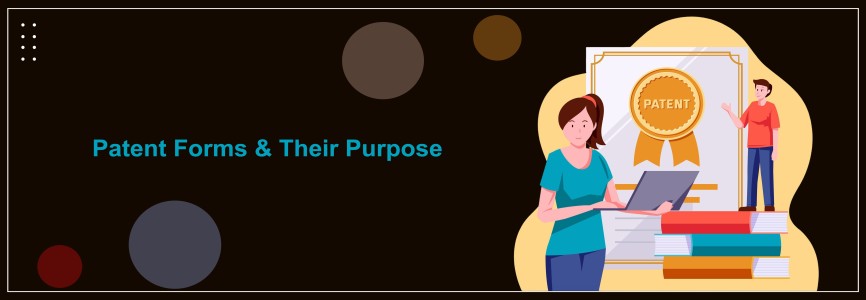




























_(b)_of_the_Trademark_Act,_1999_(1)_crop10_thumb.jpg)



_crop10_thumb.jpg)




























_crop10_thumb.jpg)
_crop10_thumb.jpg)






_crop10_thumb.jpg)








_crop10_thumb.jpg)



_crop10_thumb.jpg)





























_crop10_thumb.jpg)

















_crop10_thumb.jpg)






_crop10_thumb.jpg)












































































































































_crop10_thumb.jpg)




































_crop10_thumb.jpg)












_crop10_thumb.jpg)













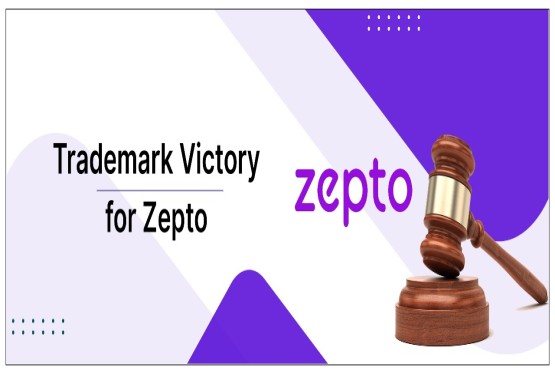




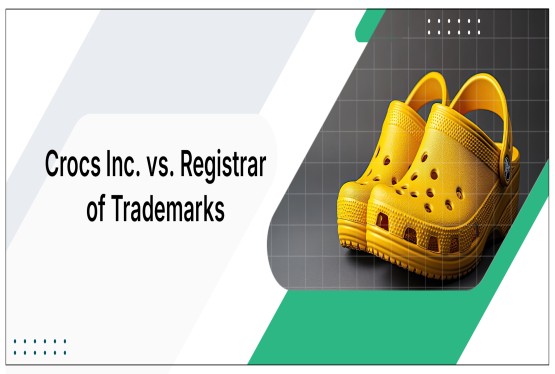




























_crop10_thumb.jpg)






